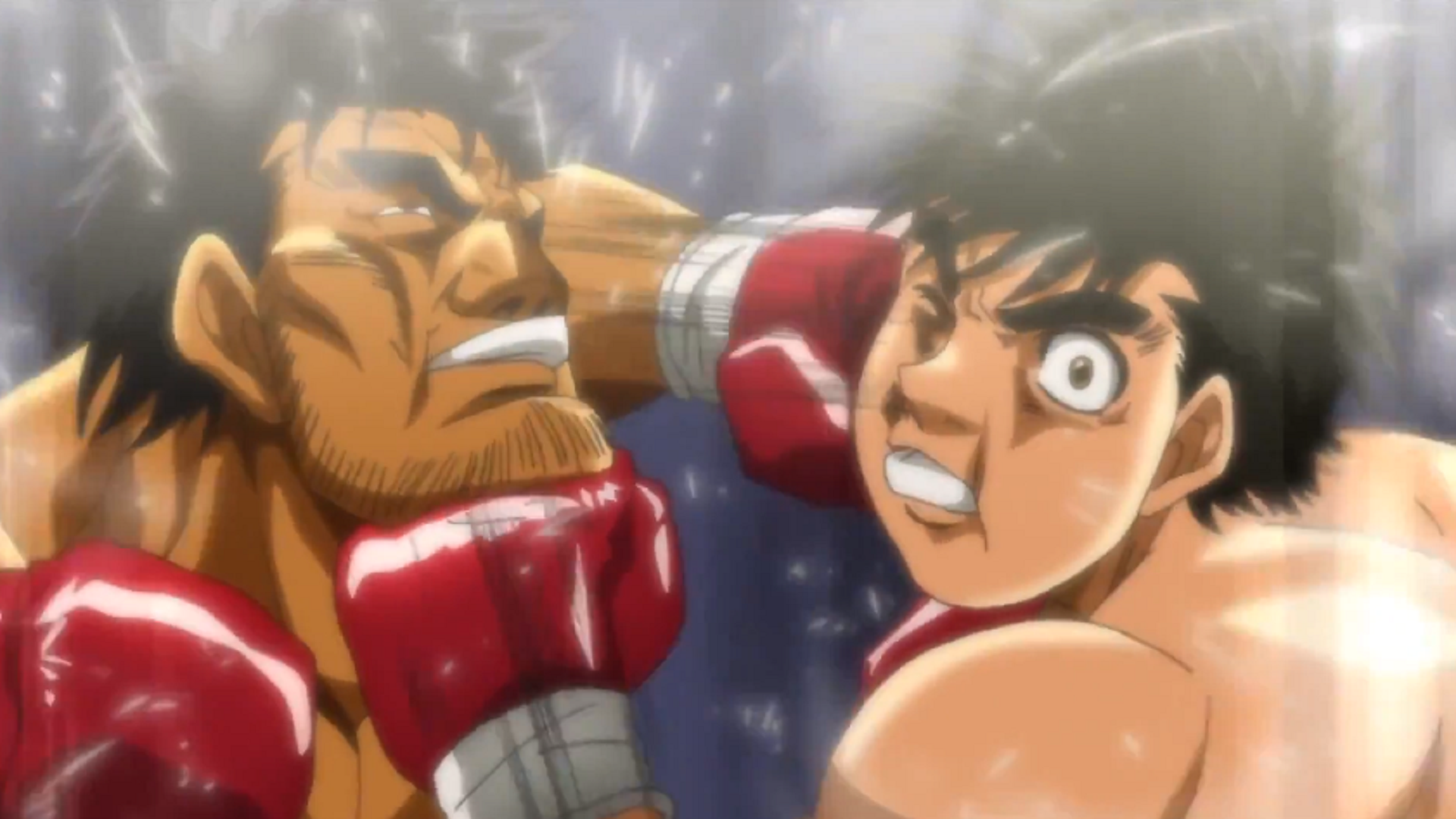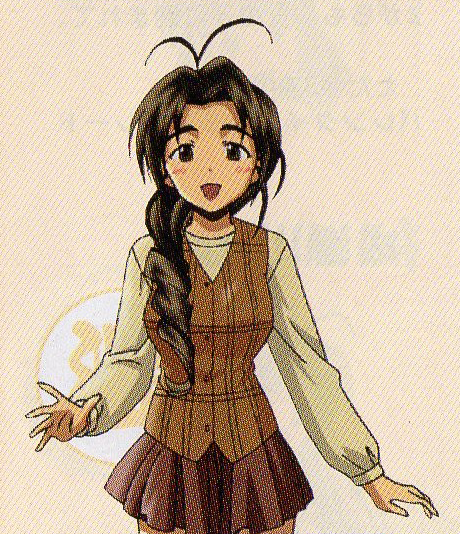Unkotare
Diamond Member
- Aug 16, 2011
- 129,822
- 24,911
Where does that come from, big mouth?.... a chickenshit little punk like you.
Follow along with the video below to see how to install our site as a web app on your home screen.
Note: This feature may not be available in some browsers.
Where does that come from, big mouth?.... a chickenshit little punk like you.
I keep asking you simple questions that YOU keep avoiding. That makes YOU the chickenshit, big mouth.So you have never served in a war and here you are an Internet Keyboard Commando trying to tell veterans about the morality of war.
That make you a filthy little chickenshit punk, doesn't it?
What about these men who served in the Pacific, big mouth?My father was a WWII veteran. He didn't serve in the Pacific. He served in Europe. Landed at Normandy and fought until the Krauts surrendered. He was in that Hertgen Forest bloodbath.
He was damn glad we nuked ....
He is a much better judgement of war morality than a chickenshit little punk like you.
the one avoiding answering is YOU,I keep asking you simple questions that YOU keep avoiding. That makes YOU the chickenshit, big mouth.
But those estimates are kind of bogus. The japanese civilization was beaten doen and the military castrated. Thats an estimate in the extreme event that nearly the entire populace had to be subdued. I get the reason that the estimate was made, but i doubt anyone at any high level actually took that seriously. And if they pretended to do so, it is fair yo question their motives, i would say.estimates were as high as 1 million US wounded and 380,000 killed
Tokyo WAS destroyed, you idiot.Sweet, sweet justice. All those deaths on the Emperor's hands.
Hope you think Pearl Harbor was worth it! Now if only we had taken out Tokyo as well.
.....
I'm the palest, map-of-Ireland Bostonian you'll find, and I love pineapple and Spam. Ever try to frolic on Revere Beach? Hardly worth all the time pulling syringes out of your feet later.



Spam is even more popular in South Korea.But it is a stereotype of Hawaiians. ...
They would have been fools not to take the estimates seriouslybut i doubt anyone at any high level actually took that seriously.
Yet you have not EVER linked to a single supposed veritable supposed valid offer with proof it came from the Japanese Government. You claim all these scholars have proof where is it? I can and have linked to the ACTUAL Japanese intercepts.
And YET after the first Atomic bomb the Japanese did not offer to surrender instead making 4 demands.This is clown material. We've had this same discussion at least twice, and you just keep repeating your drivel. Now, there are very good, scholarly books that provide detailed discussions on the Japanese peace feelers, the fact that most of them were supported by senior Japanese leaders, and the moderates' efforts--supported by the emperor--to bring about an early surrender. Read Gar Alperovitz's still-unrefuted book The Decision to Use the Atomic Bomb, or Washington State University professor Noriko Kawamura's book Emperor Hirohito and the Pacific War, or John Toland's book The Rising Sun: The Decline and Fall of the Japanese Empire, or Lester Brooks' book Behind Japan's Surrender.
The Japanese intercepts, as important as they are, only tell part of the story because they don't discuss some of the peace feelers, since those feelers were presented through back channels and were not the subject of intercepts. But even the intercepts show that many weeks before Hiroshima, most of Japan's civilian leaders, and even some senior military officials, wanted to end the war and surrender. And Truman and his advisers knew this, and they knew that the main stumbling block, the biggest issues, was the fate of the emperor in a surrender.
And YET after the first Atomic bomb the Japanese did not offer to surrender instead making 4 demands.
This is really bullshit.This is clown material. We've had this same discussion at least twice, and you just keep repeating your drivel. Now, there are very good, scholarly books that provide detailed discussions on the Japanese peace feelers, the fact that most of them were supported by senior Japanese leaders, and the moderates' efforts--supported by the emperor--to bring about an early surrender. Read Gar Alperovitz's still-unrefuted book The Decision to Use the Atomic Bomb, or Washington State University professor Noriko Kawamura's book Emperor Hirohito and the Pacific War, or John Toland's book The Rising Sun: The Decline and Fall of the Japanese Empire, or Lester Brooks' book Behind Japan's Surrender.
Let's review, yet again, the evidence regarding Japan's peace feelers:
-- In April 1945, none other than Mamoru Shigemitsu, Japan’s Foreign Minister at the time, approached the Swedish minister to Japan and asked if Sweden would be willing to mediate a surrender agreement with the U.S. Now, I would say that a peace feeler done by Japan’s Foreign Minister was both official and very high level.
Shigemitsu’s effort did not succeed, but that was only because his successor, Foreign Minister Shigenori Togo, believed that a more powerful intermediary should be approached. Togo did not object to the approach on principle, but only to the proposed intermediary. Togo suggested that the Soviets be approached to mediate a surrender with the U.S.
-- Another peace feeler was carried out in Berne, Switzerland, by Yoshiro Fujimura, the Japanese naval attache in Berne, and had the backing of Admiral Mitsumasa Yonai, the Navy Minister; General Shuichi Miyazaki, the Chief of Operations; and Admiral Sokichi Takagi, who even offered to fly to Switzerland to open formal negotiations. On May 3, three months before Hiroshima, Dr. Heck, the German intermediary in the approach, was informed by the office of Allen Dulles that the U.S. State Department had authorized direct negotiations with the Fujimura group. Allen Dulles was the head of the OSS office in Switzerland and had numerous high connections, including in the White House.
Fujimura contacted the Navy Ministry and made them aware of his negotiations with the Dulles people. On May 23, the Navy Ministry sent Fujimura a reply, signed by the Navy Minister: the ministry advised him to be cautious but did *not* shut down the approach.
Yonai then informed Foreign Minister Togo of the negotiations, and Togo authorized Yonai to have the Fujimura group explore the Dulles proposal more thoroughly.
So the claim that the approach to Dulles was some meaningless low-level effort that had no backing in Tokyo is demonstrably incorrect. The hardliners eventually succeeded in killing the Fujimura approach to Dulles, but it was not a meaningless effort with no high-level support.
And why were the militarists able to shut down this peace feeler? And why were they able to repeatedly block the moderates' efforts to bring about a surrender? Because they were able to stress that there was no guarantee that the emperor would not be deposed in a surrender. This was militarists' trump card, and they were able to play it over and over again against the moderates, thanks to Truman's foolish, disastrous refusal to simply give a private assurance that the emperor would not be deposed if Japan surrendered.
We know that on June 4, two months before Hiroshima, Truman received a report on this peace feeler. The report stated that the Fujimura people “particularly stress” the need to maintain the emperor in any surrender in order “to avoid Communism and chaos.” The report added that Fujimura had emphasized the fact that Japan could no longer supply herself with “essential foodstuffs,” i.e., the people were beginning to starve.
On June 22, Truman received another memo on the Fujimura-Dulles peace talks. The memo advised him that “Fujimura insists that the Japanese, before surrendering, would require assurances that the Emperor would be retained.”
So Truman knew, long before Hiroshima, that the only real obstacle to a surrender was his refusal to assure the Japanese that the emperor would not be deposed if they surrendered.
-- The second peace feeler in Switzerland involved General Seigo Okamoto, the Japanese military attache in Berne, and two Japanese officials at the International Bank of Settlements in Basel. Not only was Okamoto a general and the head of the Japanese attache office in Berne, he was a close friend of General Yoshijiru Omezu, the Japanese Army Chief of Staff. This feeler also involved Per Jacobsson, a Swiss bank director. This was not Jacobsson’s first involvement with back-door peace negotiations: he had persuaded De Valera to negotiate with the British in 1935.
This approach was made to Gero Gaevernitz, Dulles’s second-in-command, and to Dulles himself. Gaevernitz was no stranger to back-door negotiations either: he had recently masterminded the surrender of all German forces in Italy.
When Jacobsson met with Dulles and Gaevernitz, he told them that the Japanese moderates were doing their best to bring about a surrender but that the Allied demand for unconditional surrender was greatly helping the hardliners. Jacobsson further told Dulles that the only real Japanese condition for surrender was that the emperor not be deposed. Following this meeting, Dulles placed a call to Potsdam.
We also know that on July 13, nearly a month before Hiroshima, Dulles sent a message about his contact with Jacobsson to Potsdam in which he advised that it had been indicated to him that “the only condition on which Japan would insist with respect to surrender would be some consideration for the Japanese Imperial family.”
William Donovan, the head of the OSS, sent a follow-up message to Truman on July 16 about the Dulles-Jacobsson meeting and stated that Jacobsson advised that Japanese officials had stressed only two conditions for surrender, namely, that the emperor be retained and that there be the “possibility” of retaining the Meiji Constitution.
-- Furthermore, Emperor Hirohito himself authorized the effort to get the Soviets to mediate a surrender with the U.S., and Truman was aware of this fact from Foreign Minister Togo’s July 12 cable. Hirohito even wanted to send Prince Konoye to Moscow as a special envoy to get the Soviets to mediate a surrender deal with the U.S. I’d say that a peace feeler pushed by the Foreign Minister and strongly backed by Emperor Hirohito was about as substantial, official, and high ranking as you could get.
These peace feelers, and others, are discussed in detail by John Toland in The Rising Sun, by Lester Brooks in Behind Japan’s Surrender, and by Gar Alperovitz in The Decision to Use the Atomic Bomb.
Incidentally, the U.S. State Department’s Office of the Historian website includes an article on the Japanese peace feelers, and it documents that American high officials were aware of these efforts:
The contents of certain of these papers [Japanese messages and memos about the peace feelers] were known to United States officials in Washington, however, as early as July 13 (see Walter Millis, ed., The Forrestal Diaries (New York, 1951), page 74; cf. pages 75–76) and information on Japanese peace maneuvers was received by Secretary of War Henry L. Stimson at Babelsberg on July 16 (see volume II, document No. 1236, footnote 4). It has also been determined that a series of messages of Japanese origin on this subject was received by the United States Delegation during the course of the Berlin Conference and that these messages were circulated at Babelsberg to some members of the President’s party. Furthermore, in a conference on January 24, 1956, between Truman and members of his staff and Department of State historians, Truman supplied the information that he was familiar with the contents of the first Japanese peace feeler (i. e., the proposal contained in document No. 582) before Stalin mentioned it to him at Babelsberg (see volume II, page 87) and that he was familiar with the contents of the second Japanese peace feeler (i. e., the approach reported in document No. 1234) before Stalin brought it to the attention of Truman and Attlee at the Tenth Plenary Meeting of the Berlin Conference on July 28 (see volume II, page 460).
Are you ever going to start telling the truth about this stuff?
Go take a nap, old fool. You respond to copious amounts of actual researched information with slurs and childish emotion. Act your age.This is really bullshit.
The idiot Jap apologists claim that the goddamn Japs really wanted to surrender but the meannie US just wanted to nuke them. Horseshit.
The way you surrender is to put down your arms and say "I give up".
If you aren't doing that then you aren't doing it right. Their negotiations weren't working and it is their own damn fault for fiddle farting around with a country that wanted unconditional surrender.
The goddamn Japs sure as hell didn't put down their arms at Okinawa when they had the perfect chance, did they?
Instead they fought to the last man inflicting tremendous casualties on the US then they go whining like little school girls when they got their asses nuked. Piss on them!
Go take a nap, old fool. You respond to copious amounts of actual researched information with slurs and childish emotion. Act your age.
You're just flailing now, grandma. Go take your nap or no Jell-O for you today.Once agin the little punk .....
You're just flailing now, grandma. Go take your nap or no Jell-O for you today.
You don't seem to have any serious question to ask. Stay on topic, or start a new thread.Let me ask you a serious question .....